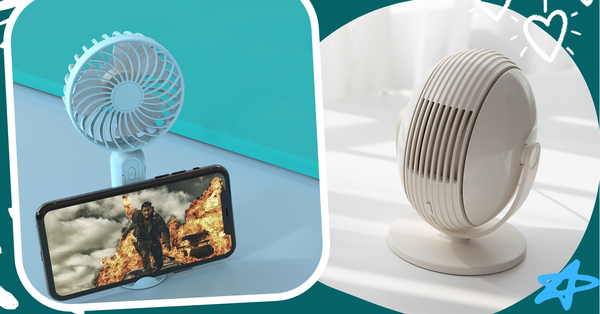Many people think that pouring excess cooking oil down the drain or down the toilet is harmless, but that’s wrong, as cooking oil can clog pipes.
Disposing of excess cooking oil indiscriminately can also attract unwelcome guests such as rats and fruit flies. That’s why the proper disposal of grease is so important for your own environment and the community. Therefore, you should use one of the following three methods.

Illustration: House Digest
Put excess oil in jars/cans/cans…and then discard
One of the most common mistakes people make when dealing with excess oil is pouring it out without a container. It should be noted, never pour grease down the drain, toilet… One of the most effective and best used methods to destroy excess cooking oil is to put it in sealed bottles, jars, ziploc bags. , after allowing the oil to cool completely. In case the remaining oil is small, you can use absorbent paper or regular toilet paper to absorb the oil and then throw it in the trash.
Professional chef Jennifer Hill Booker (USA) even recommends freezing leftover cooking oil before throwing it in the trash, so there’s no risk of oil leaking.
Store or reuse
If your single-use oil doesn’t burn, you can learn some tips on how to clean up used oil, then put the recycled oil in the refrigerator for later use. Follow the cooking guide page Southern Living (USA), it is important to remove food that may be left in it with a sieve, filter bag… According to experts, you should keep cooking oil in the refrigerator, preferably in a glass jar. Never store used oil at room temperature as it will quickly deteriorate. It should be noted that used oil can only be kept for three to four weeks.
Tips to clean used cooking oil residue
Use paper towels or coffee filter paper to line the funnel or sieve, so that the clean bowl catches the oil.
Use tapioca flour, cornstarch. You stir the tapioca starch with 100ml of water, until the powder dissolves. Put this mixture in a pan of boiling fat/oil, then wait until the dough rises, then use a rack to scoop out all the flour. At this time, the food residue clings to the flour to help the oil clear like new.
When should you not use recycled cooking oil?
Oil bottom with sediment: If the oil has been thoroughly filtered and there is still a residue that looks like coal dust, the oil is no longer good for reuse. This deposit, although visible in oil at room temperature, may not be visible in refrigerated oil.
The slurry in the bottom of the oil bottle: If a well-filtered oil is stored in the refrigerator and still has a thick consistency on the bottom, the oil is no longer good for reuse.
Odor: If the used oil has an unpleasant odor, do not reuse it.
Thuy Linh (According to Housedigest)
at Blogtuan.info – Source: vnexpress.net – Read the original article here



